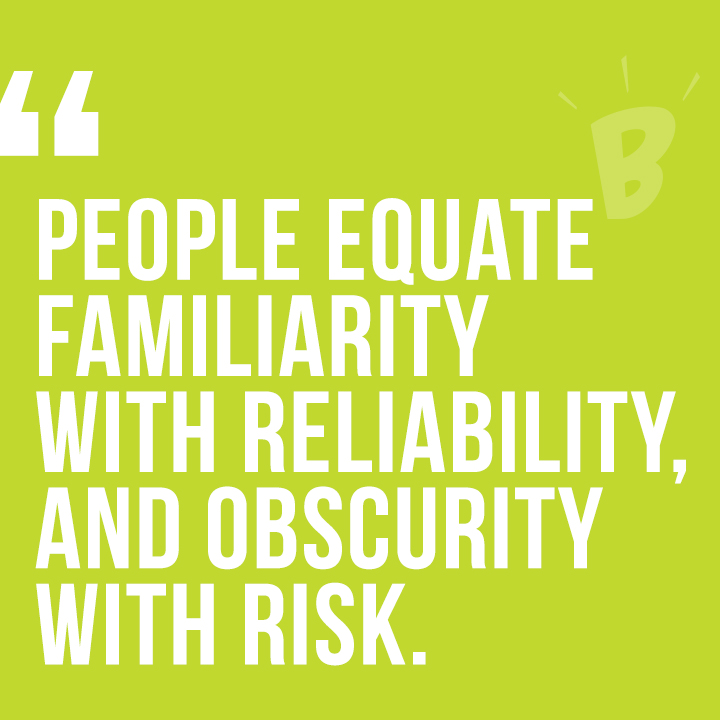Here’s Why You Absolutely Need Brand Standards
Wednesday, December 2, 2015
Marketing
Here’s Why You Absolutely Need Brand Standards
Think about your favorite candy bar or your favorite soda. Think of how the packaging catches your eye in the checkout line. Think of how easy it is to spot in the sea of other brands.
 That’s brand recognition. And whether your organization focuses on products or services, you need brand recognition to be successful:
That’s brand recognition. And whether your organization focuses on products or services, you need brand recognition to be successful:
- It makes you look professional. If you’re using different colors and fonts every time you design a new brochure or billboard, you don’t look like a real brand – you look like something a teenager threw together in their mom’s basement.
- It makes you recognizable. People need to be able to tell at a glance that an ad or product is yours without even reading your brand name.
- It builds trust. People naturally equate familiarity with reliability, and obscurity with risk. If you’re buying a product for the first time and trying to decide between a dozen different brands, you’re more likely to reach for one you’ve seen before.
In short, you need a clear and consistent set of brand standards for everyone to follow – from the professional designer at your agency of record to the English-major intern you’ve asked to help write newsletter copy.
Here are the basics to get you started.
What to Include in Your Brand Standards
This gets rather nitty-gritty, so it’s best to ask a professional designer who’s familiar with your brand to help make these decisions.
- Logos. A logo should be treated the same way every time. Include dos and don’ts for the size, color and placement of your logo. If you have multiple versions of a logo, outline when it is appropriate to use each version.
- Colors. Choose one or two main colors and two or three accent colors – usually based on your logo colors and complementary contrasting colors. Include CMYK, RGB and HEX codes to ensure the hue and shade are exact every time.
- Fonts. Choose two to three fonts to use on everything – typically one for headlines, one for subheads and one for body copy. You can mix serifs and sans serifs, and use different weights (i.e. boldface vs. lightface) to differentiate.
- Language. Part of branding is imagining your brand as a person, which includes how they talk. Include general guidelines – like whether your brand voice is caring, informative or irreverent – as well as specific rules, like whether to say “healthcare” or “health care,” or whether to refer to your target audience as customers, clients, patients, guests, patrons or “our lords and masters.”
- Imagery. Imagery may change with your campaigns, but since you should be using the same campaign for a few years at minimum, you should define the types of imagery in an updatable section of your brand standards. Is it illustration or photography? Black and white or color? People or objects or scenery? Realistic sketches or cartoonish iconography?
Need a hand? We've got designers, writers and brand strategists ready to help.
Blog Author: Trey Sprinkle, Former B teamer